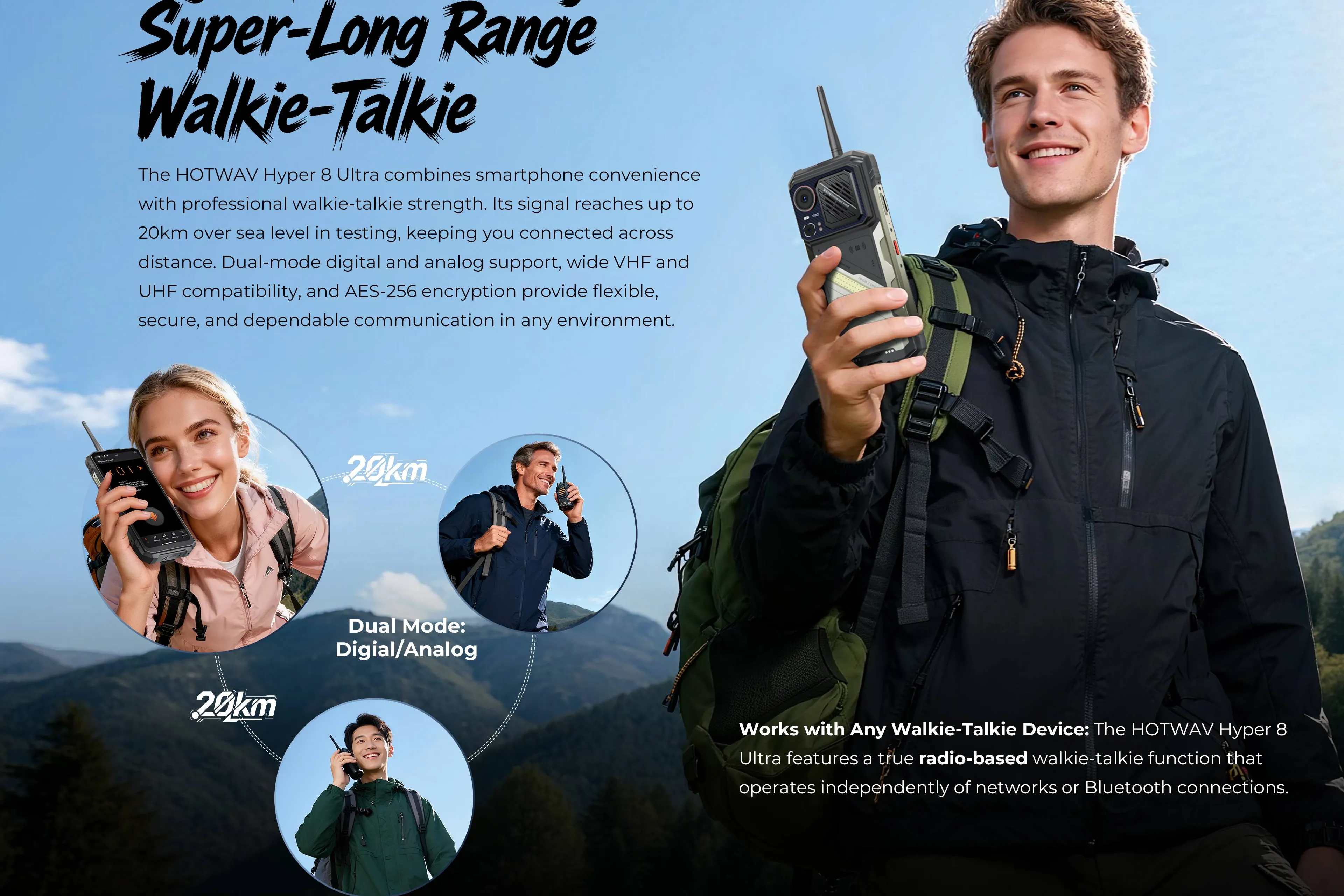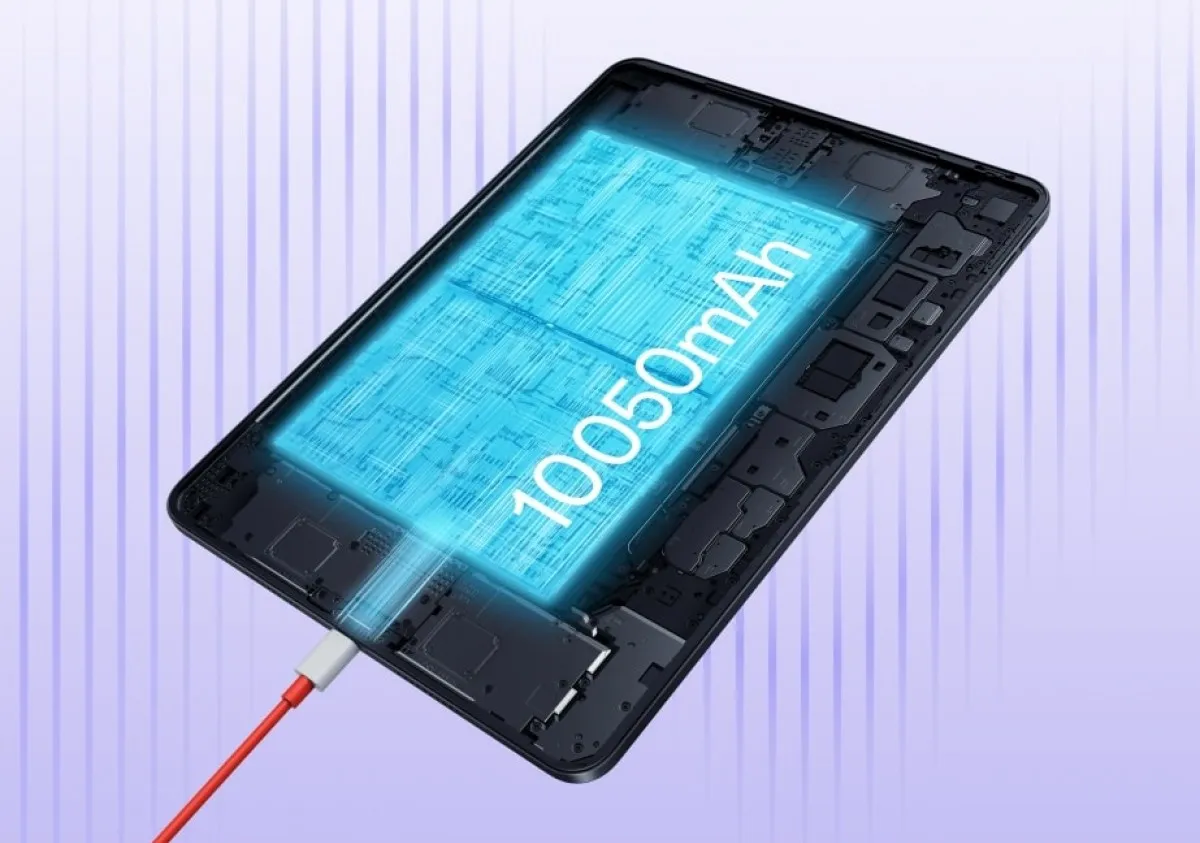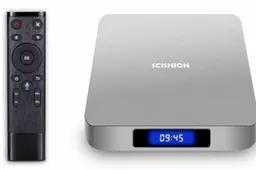Meizu: here's how the m-Engine tactile system works on the Meizu 15 model
Meizu NewsMonday, 21 May 2018 at 18:55
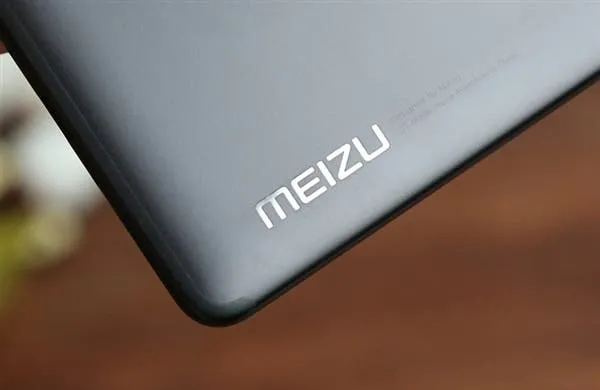
With more and more homogeneous smartphone competition today, one can only keep its continuous growth by perfecting the user experience.
Meizu's 15 series’ main achievement is that (according to the Chinese company) they have overcome the barrier of iPhone's touch experience. The improvement of tactile engine capabilities has enabled smartphones to have more realistic physical button simulation. It has a built-in horizontal linear motor mEngine from the same vendor as the iPhone family that enables a user's real feeling, providing at the same time great performance in everyday use.
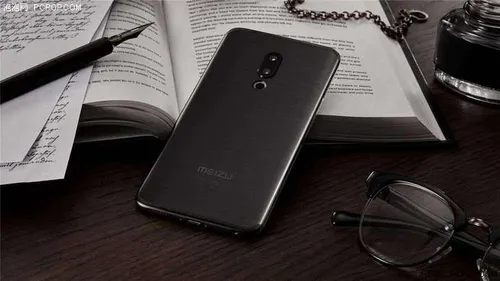
Currently, there are mainly two kinds of vibration motors used in smartphones: ERM eccentric rotor motor and LRA linear resonance motor. The advantage of linear motor over rotor motor is that the noise level is low and can be less than 40 dB. Linear motor also has faster acceleration, that allows for strong vibration and low attenuation. However, the response time and the shock absorption time can be tens of milliseconds. At the same time, linear motor is divided into vertical linear motor along Z axis and horizontal linear motor on XY plane. Meizu 15 adopts the horizontal type linear motor, which is larger than the vertical linear motor and allows the device to achieve the same level of vibration effect as Apple’s iPhone X.
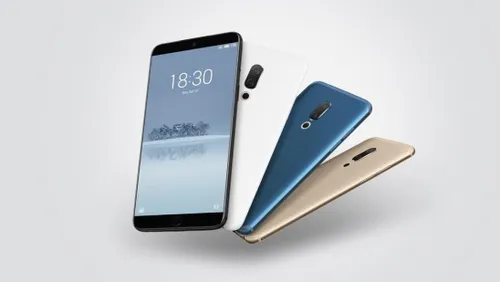
Thanks to the global tactile feedback system, users can experience just the right tactile feedback whether they are taking pictures, typing, or sliding the time wheel. For example, when taking a picture, the moment you press the shutter button, you would feel as if you were taking a picture with a real camera, and it could “bounce” back. If you are running manual mode, you will even have tactile feedback just as if you were turning the dial when scrolling through the list. Another thing worth mentioning is the keyboard. Whether you are typing a text message, using the calculator, or dialing out a number to make a phone call, you can always expect to hear that familiar, crispy typing sound as if you were typing with a physical keyboard. On the other hand, when getting a phone call, naturally the ring tone will start. Amazingly, you will also feel the phone will vibrate in a way that synchronized with the ringtone.
Because of the built-in horizontal linear motor, the mEngine allows users to gain back the pleasure of pressing the physical button, and get different tactile feedback in 45 scene settings.
According to the Chinese company, their built-in mEngine aims to lead a small "revolution" of human-machine interaction in the era of full screen and we plan to see if this is the case in our upcoming review of the Meizu 15 model that will soon be in our hands.
Loading


